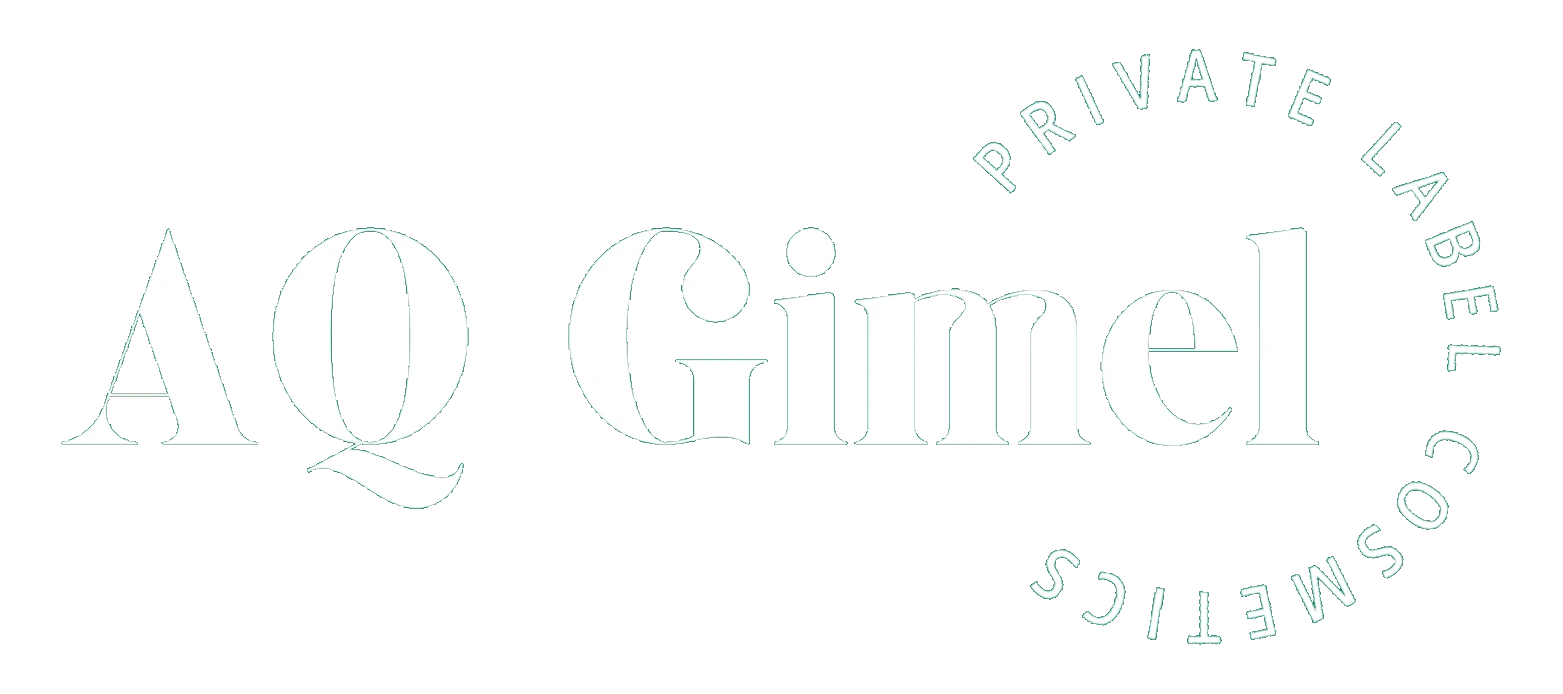Verify Your Email Address
Please ensure to verify your email for confirmation. We recommend checking your spam and trash folders as well.

Creating a private label cosmetics brand is almost inescapable of brand positioning. So how to cosmetic brand positioning? Positioning theory has had a huge impact on the marketing circles in the United States and even the world since it was founded by Jack Trout, the world’s top marketing strategist. In fact, we can think of positioning theory as a strategic tool, or a map. With equipping it, we can find where we are and where we are going on the road of creating a personal cosmetic brand. There is a core point in positioning theory: the ultimate battlefield of competition is the customer’s mind. That is to say, whoever occupies the customer’s mind will stand out. But before that, we need to figure out: who am I?
Do you like cosmetic? What is your favorite cosmetic product? What products do you use every day? Skin care products, lipsticks, lip glosses, liquid foundations, eyebrow creams, etc.
Do you use makeup regularly? When you use cosmetics, do you enjoy it from the bottom of your heart? Do you go to great lengths to strive for the best makeup effect on your face? If yes, congratulations, you are a makeup fanatic and you will have the passion for your makeup business venture as well.

I believe that most of you guys who are planning to start your own cosmetic brand have a passion for it, however, are you good at using cosmetic products? You don’t have to be a professional MUA, but are you able to do proper daily makeup at least? If yes, that would be amazing; if not, you can also convert simply selling cosmetics into a higher-level professional responsibility through the diligent practice of the day after tomorrow, in order to provide professional references for more people in terms of doing makeup, being able to create value for others can be rewarded handsomely.
If you are a pure businessman, don’t know anything about cosmetics or are not interested in cosmetics, but there is a relevant demand in your area or your audience, so you want to get into the industry and start your own cosmetic brand, then you might as well try to ask yourself a few questions: Do you have potential customers currently? Do you have lot of competitors in your target market? How is the biggest competitor doing? What is the size and growth rate of the cosmetics market in this region?
The number of competitors shows whether everyone has a positive attitude towards the industry; The development status of competitors can reflect market demand; The size of the market indicates how much development opportunities exist. There is often a gap between the status of quo and expectation, and this gap is demand. We must be clear about the following questions: Who are the customers we want to influence? How many such people are there? What kind of problems are they facing? What can I get them? The bigger the problem, the bigger the demand; the bigger the demand, the more customers.
If the above three can overlap, the cosmetic business you run or will run will be a great success sooner or later. If they can’t all overlap, the two combinations of “passion + demand” or “good at + demand” can at least allow you to set off first, and then repair and adjust in the process of dynamic development. In any case, creating your own cosmetic brand is not difficult any more, many private label cosmetics supplier such as AQ Gimel requires no minimum to have your own logo or design printed on their white label products to build your own brand, which will sharply reduce the inventory risk for your small new brand, besides of low minimum, the large variety of vegan private label makeup products are also pretty flexible for your brand to cater to the continue updating market.
Learn more about private label cosmetics business.
How do I choose the right supplier for my private label makeup brand?
Is private label cosmetics profitable?

High Quality, Low Price, No Minimum, One-stop Private Customized Cosmetics Shopping Website.
| Cookie | Duration | Description |
|---|---|---|
| cookielawinfo-checkbox-analytics | 11 months | This cookie is set by GDPR Cookie Consent plugin. The cookie is used to store the user consent for the cookies in the category "Analytics". |
| cookielawinfo-checkbox-functional | 11 months | The cookie is set by GDPR cookie consent to record the user consent for the cookies in the category "Functional". |
| cookielawinfo-checkbox-necessary | 11 months | This cookie is set by GDPR Cookie Consent plugin. The cookies is used to store the user consent for the cookies in the category "Necessary". |
| cookielawinfo-checkbox-others | 11 months | This cookie is set by GDPR Cookie Consent plugin. The cookie is used to store the user consent for the cookies in the category "Other. |
| cookielawinfo-checkbox-performance | 11 months | This cookie is set by GDPR Cookie Consent plugin. The cookie is used to store the user consent for the cookies in the category "Performance". |
| viewed_cookie_policy | 11 months | The cookie is set by the GDPR Cookie Consent plugin and is used to store whether or not user has consented to the use of cookies. It does not store any personal data. |
Please ensure to verify your email for confirmation. We recommend checking your spam and trash folders as well.